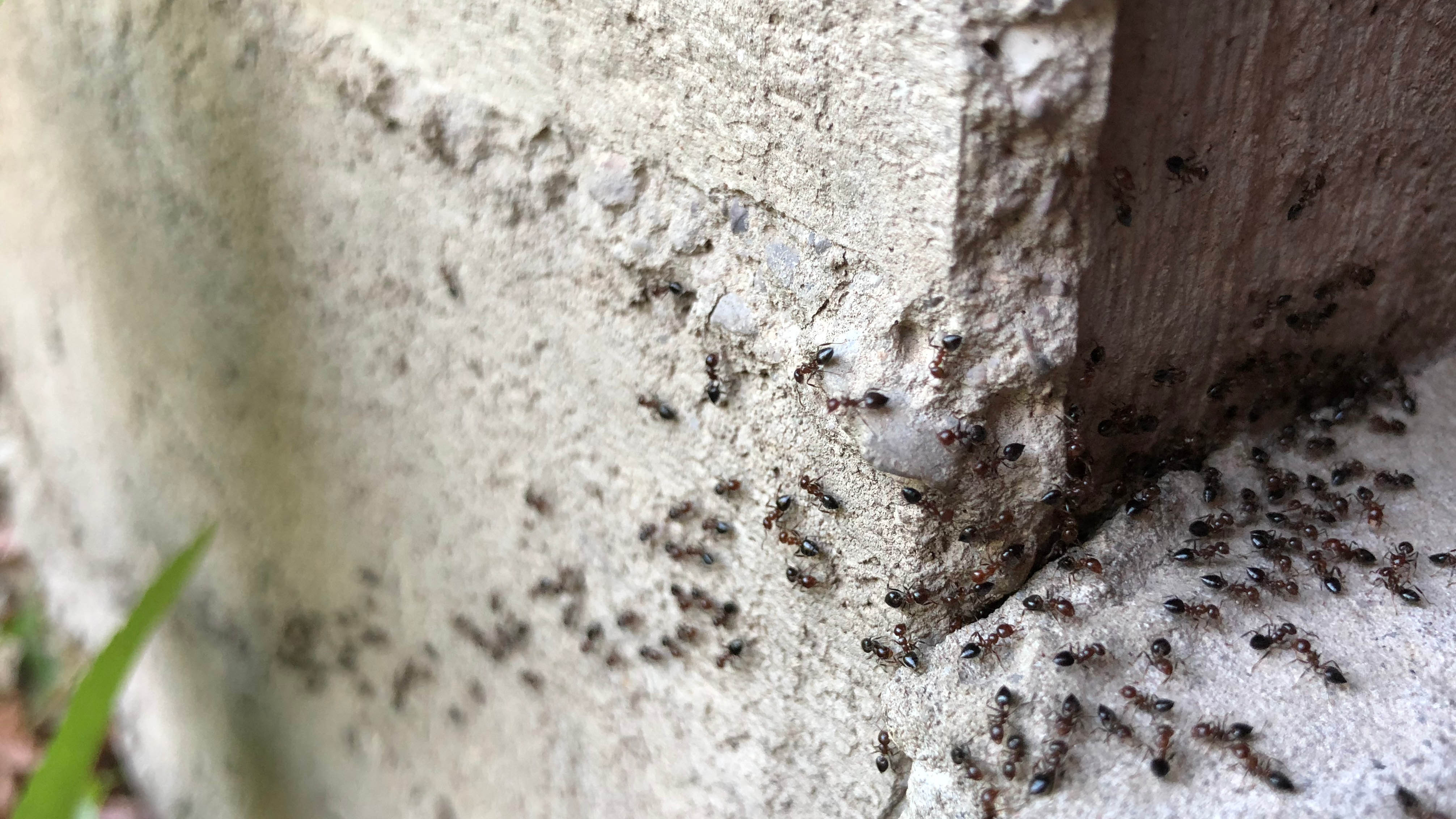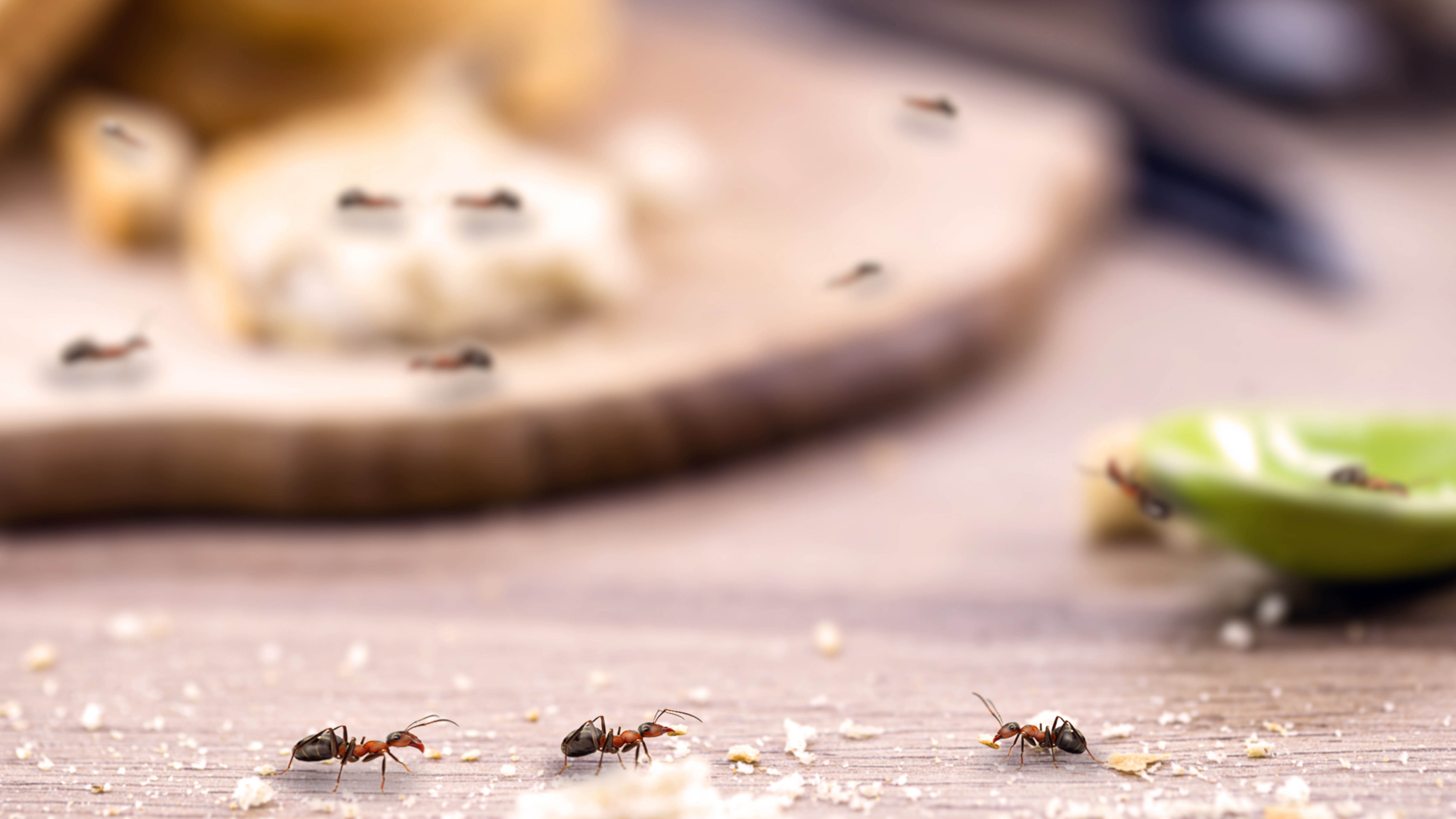Here's the most common infestation to look out for this summer, according to a pest control expert

Summer is here, and also prime time for bugs to appear in and around your home. Be it ticks in your yard, certain mosquitoes, or attempting to get rid of wasps while you’re eating outdoors, we’re all prone to having bugs invade our space. However, there is one prolific pest that is more common during warmer months, and not as obvious to detect.
According to a pest control expert, ants are one of the most problematic infestations to look out for this summer. And if left unchecked, these tiny yet troublesome insects could create colonies, causing long-term issues. Not only can infestations cause structural damage, but can be a major nuisance if they get into your pantry or kitchen areas.
“Ants nests are a common site in homes over the summer months,” says Joshua Houston, Pest Control expert at Household Quotes. “They favor the cracks and crevices around your home. They should be one of the more obvious pests to spot, as despite being small they are always in big numbers.
Despite being one of the less harmful pests to humans, you will still want to remove them from your home. Bites can be irritating and due to the vast amount of them, they can get anywhere and everywhere.”
Learning how to get rid of ants and how to stop ants in their tracks can solve the problem, but it will only be temporary if there’s something that is making these pests return. Typically, ants are constantly looking for food, water and shelter — three of the 7 things that are attracting ants to your home — so the indoors can make for a great location to nest.
Why do you see more ants during summer?

As the weather gets warmer, this is the perfect opportunity for ants to make the most of the conditions, in search of available food. This is especially the case if you’re eating outdoors, and bits of food will be left on the ground. What’s more, we tend to open our windows and doors to allow the air in, which are also great entry points for ants to enter our homes in search of treats.
Generally, ants will be more active during summer months to collect and store food for their colony. This is to prepare ahead for over-wintering, when the seasons start to get cold again.
Get instant access to breaking news, the hottest reviews, great deals and helpful tips.
So, how do you know if you have an ant infestation on your hands? “An easy way to know if you have a nest in your home is to look out for dead ants on your floor,” agrees Houston. “You'll need to have a good eye due to their small size but ants often die near their nest. Their nests can look like a small pile of dirt and are normally found in insulation, pipes, walls and cracks in your floor.”
Where are the common places that attract ants?

Prevention is always key, and knowing the hot spots where ants are likely to invade can help you ant-proof your home. “Kitchens are common areas where ants like to invade, due to the food stored and the sweet drinks and foods spilt on the surfaces. Make sure to keep all food secure in packaging or tubs, and wipe away any spillages. You'll most likely see individual ants first, but this can quickly build up to a bigger infestation, so you must act quickly.
Trash cans are extremely popular for all pests — ants are no different. They are particularly attracted to sweet items, and can seriously infest your can in a search for food. Secure your trash can by putting all waste in bags, before tying them shut. Also make sure that the lid is down at all times, as ants can easily climb up and into your can.”
While you’re securing the inside of your home, don’t forget your backyard — which is another prime spot. “Ants particularly like your garden, their most common location is in soil, decaying plants or leaf litter. This might not be a problem to some as they are out of your way but could become an issue if you have pets or children. They will normally only be on a small piece of a garden, and can easily be avoided.”
Alternatively, you could deter these pests by strategically placing 7 ant-repellent plants around the yard or entry points.
Of course, if you’re dealing with a long-term, ant problem, it’s always advisable to call in your local pest control experts who can best advise you.
More from Tom's Guide
- Check out 7 things that attract wasps to your yard
- Plus, here's 7 ways to repel bugs while dining outdoors
- Also, flying ants vs termites: key differences and how to deter them from your home

As the Homes Content Editor, Cynthia Lawrence covers all things homes, interior decorating, and garden-related. She has a wealth of editorial experience testing the latest, ‘must-have’ home appliances, writing buying guides and the handy ‘how to’ features.
Her work has been published in various titles including, T3, Top Ten Reviews, Ideal Home, Real Homes, Livingetc. and House Beautiful, amongst many.
With a rather unhealthy obsession for all things homes and interiors, she also has an interior design blog for style inspiration and savvy storage solutions (get rid of that clutter!). When she’s not testing cool products, she’ll be searching online for more decor ideas to spruce up her family home or looking for a great bargain!
